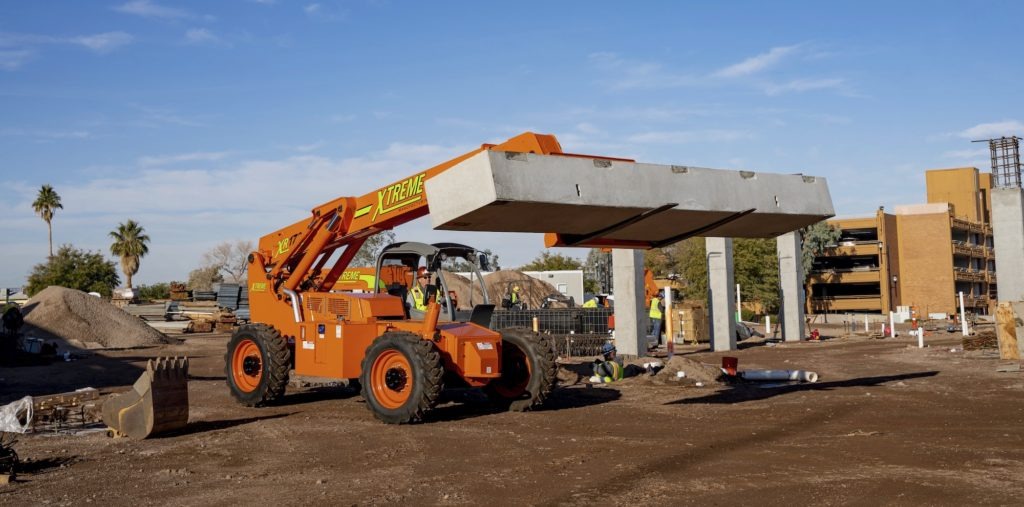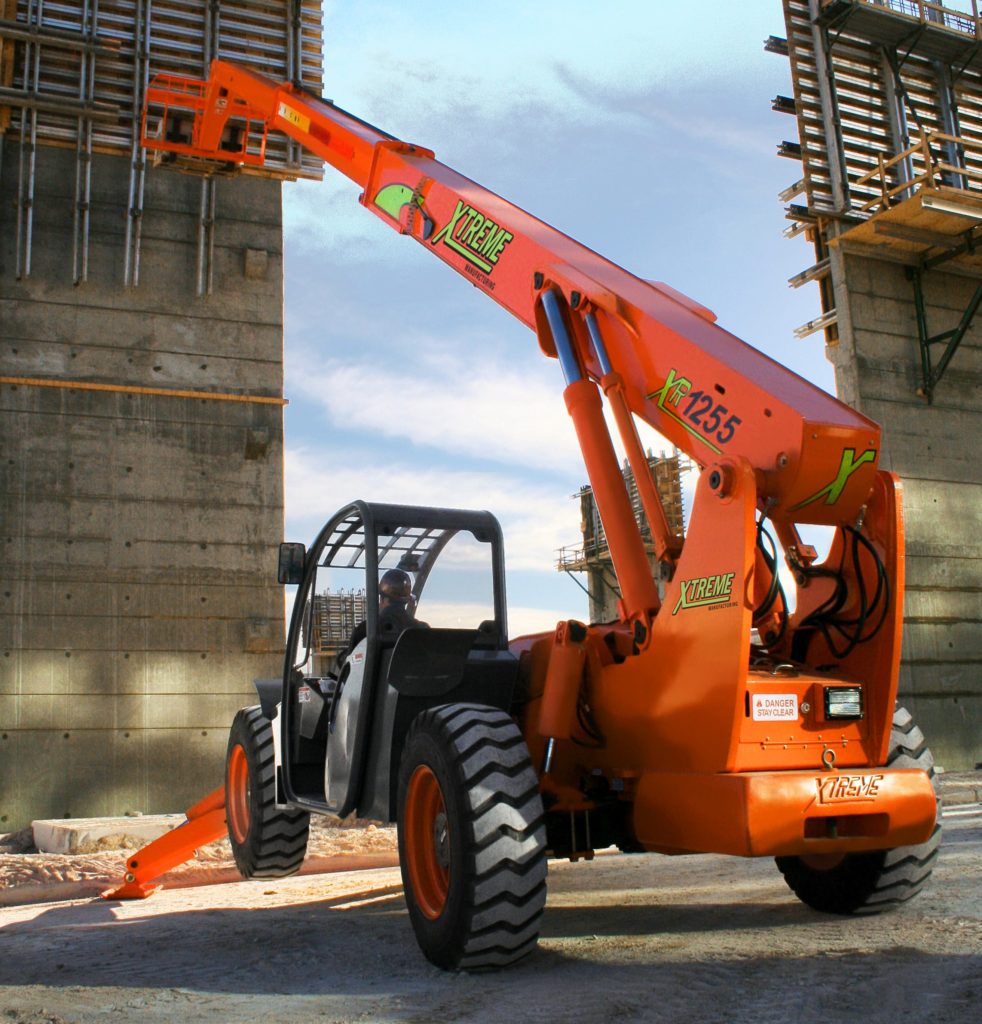Factors to Consider When It’s Time to Update Equipment
Words and Photos: Xtreme Manufacturing
When you run a successful construction business, it will grow. That’s the goal. And when it does, it’s common to be faced with a variety of new choices and business decisions that are necessary to the continued growth of the company. Some of those decisions involve evaluating the equipment you have versus what you’ll need to increase efficiency and productivity, and then choosing the most cost-effective options without sacrificing safety.
When making these decisions, it’s a good idea to talk to the crew and machine operators who perform the day-to-day work on your construction projects and get their opinions on where efficiency and productivity can be improved. It may be that they need better tools or machines to do certain tasks; the equipment they use may simply need maintenance, it may lack certain features that make tasks easier or quicker, or the equipment may be entirely outdated and need to be upgraded. Whatever the case, the people who perform the hands-on work every day are a good resource when gathering information on what changes are necessary.
Another resource to consider is a fellow business owner in your field who has been down this road and has had to make similar choices. This person will likely have opinions on what equipment can be refreshed through maintenance — or perhaps refurbished — and what will need to be replaced. He or she may also be able to suggest where your dollars are best spent on rental equipment versus ownership. The best advice comes from a place of experience, so talk to someone who has learned a thing or two when it comes to upgrading construction equipment.

Jobsite safety should be at the top of the list of concerns when deciding what can be revived through maintenance and what needs to be replaced. If accidents or injuries occur due to faulty or neglected equipment, any money saved on repair and replacement will be lost many times over. Often adjustments to inventory are made as a response to safety incidents in an effort to prevent a recurrence, but a savvy business owner will take note of close calls and minor glitches in order to prevent an incident in the first place. There is no way of predicting how severe the outcome of a safety incident will be, so it’s in a contractor’s best interest to protect the crew, the jobsite and the company’s bottom line by identifying potential accidents before they happen.
There are numerous ways to increase jobsite safety, both actively and passively. Passive methods might include video site monitoring or providing fall-protection equipment, while active methods might range from giving ongoing training sessions to conducting daily site safety inspections to providing specialized equipment that addresses common safety issues. All of these efforts not only reduce overall liability in the event of an accident, they also communicate to the crew that their safety is of the utmost importance to their employer, and that safety infractions will not be tolerated, thereby reducing the likelihood that a mason will disregard the protocols put in place for their protection and that of the crew and jobsite.
One of the main obstacles to a safe worksite is a lack of open communication between crew and management. Fostering a climate of constant reporting of potential hazards or violations will effectively mean that management has eyes everywhere doing the work of jobsite monitoring with and for them. Methods that encourage and normalize reporting — even when it involves the actions of another crew member — are vital to establishing the open exchange of information. Consider implementing a friendly contest or campaign that rewards the crew as a whole if certain safety parameters or reporting goals are met, and make communication of safety hazards a part of the requirement to reach those goals. Create an anonymous reporting method so that crew members who aren’t comfortable openly reporting on fellow masons but understand and respect the need for workplace safety, and give anonymous reporting equal value toward any safety contest or campaign.

When it comes to construction equipment, advancements are constantly being made to make machines safer for operators and jobsites alike. One such advancement that is of great value to the masonry industry in particular is the development of the coordinated motion feature on forklifts. Without this feature, operators are tasked with the constant challenge of adjusting the forks in multiple directions at the same time. The safety implications of a less-experienced operator, an uneven footprint or a distraction are easy to imagine, especially when extremely heavy loads are being placed at height.
The coordinated motion feature enables the operator to easily achieve true horizontal and perpendicular fork motions independent from the angle of the chassis with a single joystick movement, eliminating the complicated manual coordination necessary to accomplish the task. The advancement was remarkable enough to garner the engineering team at Xtreme Manufacturing the highest honors in the “features and components” category of the 2021 Leadership in Lifting Equipment & Aerial Platforms awards (LLEAP), sponsored by Lift & Access magazine.
It may not be possible to upgrade an entire fleet of construction equipment to take advantage of the latest safety technology. As the pros and cons of renting versus buying machines comes into play, consider what safety features make the most sense for your day-to-day operations, as well as whether they are readily available on the rental machines in your area. If a machine is in regular or daily use, it may make sense to invest in ownership of that equipment and to reap the cost savings over time. If not, perhaps renting makes more sense, and as an added benefit, some rental machines are likely to have the newest safety technology already installed.
As an example, the groundbreaking coordinated motion feature is available as an option on all Xtreme new-build telehandlers, as well as some of the Xtreme machines available through equipment rental locations throughout the U.S. The Xtreme XR1147-B rough-terrain telehandler with optional coordinated motion provides both the ruggedness to handle uneven terrain when the machine is on the move as well as the precision control needed to place loads at height when the telehandler is positioned on an uneven surface, making it the ideal machine for masonry applications at height, whether owned or rented.
Many factors should be considered when upgrading or purchasing new construction equipment, and safety features are high on that list. The investment in jobsite safety in the form of cutting-edge machines that employ the latest safety features is a dividend-paying venture that, when combined with other safety programs and practices, will help keep the worksite and crew safe while protecting the company’s bottom line.